Hearing aids are electronic devices requires special care to ensure that they are function properly. The audiologist will show a carer/parents how to care for and check them regularly. Hearing aid care kits consists of:
- Stetoclip
A stetoclip allows a normal hearing person(eg: parents) to monitor the performance of hearing aid. Regular use helps the carer to identify changes in sound quality and start solving any problems. Parents or carer need to checks on hearing aid regularly by using a stetoclip.
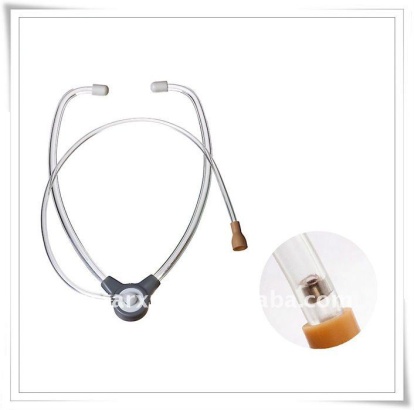
- Battery Tester
The function of the battery tester is to measure the power of hearing aid battery. Store a battery tester in a cool, dry place. Use a battery tester to check the status of the batteries regularly. All discarded should be kept away from children and disposed in a safe place. Some hearing aids now available as rechargeable – no batteries necessary.
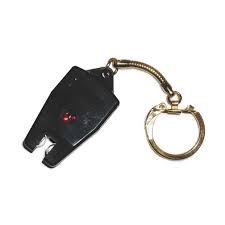

- Drying Kit
This container contains silica gel packs to keep the hearing aid dry and absorb any moisture in the hearing aid; for example due to sweating. Take the battery out of the hearing aid at night to etend the battery life, and place hearing aids in drying jar/container.

- Blower/ Puffer
Puffer is use to remove any accumulated moisture or small particles like ear wax that occluded in the ear mould tubing by blowing air through ear mould tubing.

Important Notes:
- Make sure that your hands are clean and dry before handling hearing aid. Wipe the hearing aid frequently using dry tissue or cloth.
- Do not let hearing aid drop on hard surface or hit by great force. It is recommended to handle the hearing aid on a flat smooth surface to avoid the hearing aid from damage when it is drop.
- Do not let your child wear the hearing aid in the shower or when swimming. Most of the hearing aid is not water resistant and it is easily broken if exposed to water or high humidity.
- Do not let your child wear the hearing aid when using a hair dryer, hair spray or any types of spray. It is advisable to remove the hearing aid first before using any of those items.
- Do not exposed hearing aids to extreme heat or direct sunlight.
Troubleshooting Of Hearing Aid
|
|
PROBLEMS OF HEARING AID |
POSSIBLE CAUSES |
REMEDY |
|
1. |
No sound |
|
|
|
|
||
|
|
||
|
|
||
|
2. |
Intermittent |
|
|
|
|
||
|
3.
|
Acoustic feedback/ Hearing aid whistling
|
|
|
|
|
||
|
|
Strategies To Encourage Child Wearing Hearing Aid
Usually children have difficulty to accept any “new object” fitted to them. This is also happen among children who need to wear hearing aid. Different child may give different reaction toward hearing aid usage. They may show some tantrum such as crying or throwing the hearing aid to express their rejection towards hearing aid. Parent should find a best way to encourage their child to enjoy wearing hearing aid as a part of their daily life routine.
Below are some of the things you can do to encourage your child wearing the hearing aid:
- If the child can accept hearing aid easily
- Parent should maximize the time period of wearing hearing aid. Child can only remove the hearing aid during shower/ nap and sleeping time
- Do many activities that involve a hearing process as a way to train their listening ability such as playing with musical toys
- Teach your child on how to remove hearing aid and keep it in drying kit. Don’t forget to involve your child in this fun activity.
- If the child rejects the hearing aid
- Parent need to calm and persuade your child to wear hearing aid.
- Try to fit hearing aid in different/ variety situations. Do not give up if your child still cannot accept the hearing aid yet; the child may accept the hearing aid in the next trial.
- Involve other family members if parent failed to persuade your child to wear the hearing aid.
- Try to play with your child by putting the hearing aid to his/ her favourite toys; for example a baby doll/ animal toys
- Give a chance to your child to hold the hearing aid. Allow your child to put on hearing aid by herself/ himself.
- Try fitting the hearing aid while your child is doing any activity; for example playing with toys, watching television or while having dinner/ lunch
- Give a time to the child to wear the hearing aids; for example parent can use alarm clock to inform the child about the period of hearing aid usage. Parent can increase period of hearing aid usage every day/ every week. Don’t forget to reward your child every time he/ she completed the task.
Other than that, parent also can put on additional accessories such as huggies/ otoclip to your child’s hearing aid. This is to ensure hearing aid fitted nicely and not falling.
Huggies help to hold the hearing aid onto the ear. The flexible plastic tube is placed around the pinna and the hearing aid. It is slipped through the keepers to hold it in place.
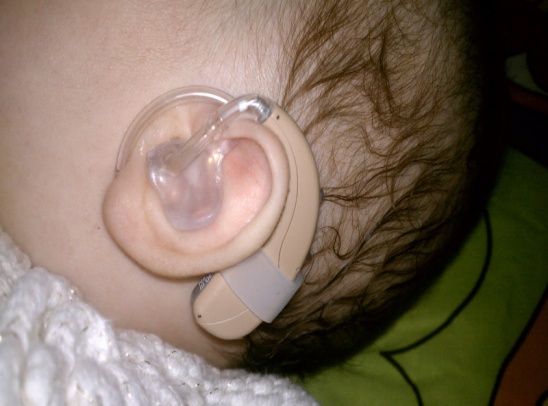
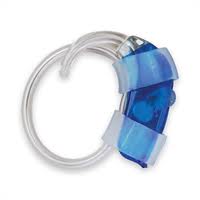
Otoclip attach the hearing aid securely to the child’s clothing. Clips can be attached to shirt collars, front pockets, behind the neck or wherever needed.
All accessories help to keep the hearing aids from getting lost or broken.
Ear gear provides protection and security for children by preventing the hearing aid from sweat, moisture and lost.
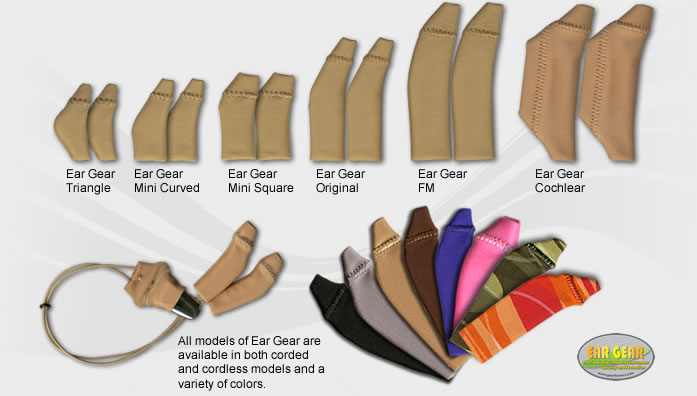
Furthermore, parents may also use cap to prevent the child from removing the hearing aid. This cap may prevent hearing aid from getting lost and preventing the child from putting the hearing aid into their mouth
Important Of Wearing Assistive Listening Device (Ald)
What is Assistive Listening Devices (ALD)?
- Assistive Listening Device (ALD) is a device that is use to improve hearing ability for people in variety situations such as in classroom. It is commonly used among students to hear speech clearly especially in a noisy environment. The use of hearing aid with ALD will improve the quality of speech perception of hearing aid wearer as compared to wearing hearing aid alone. FM system is one of the examples ALD that is widely used in the classroom.
- Below are some of the benefits of Assistive Listening Devices (ALD) in educational settings
- Allow the child to hear the teacher’s voice at an appropriate and constant intensity level. The sound level is consistent regardless the distance between the child and teacher.
- Allow the teacher’s voice to be heard clearly than the background noise.
- To make it easier for child or student to hear and focus what they are supposed to hear in the midst of classroom chaos and noise.
| Last Reviewed | : | 11 April 2017 |
| Writer/Translator | : | Nahazatul Islia bt Jamari |
| Accreditor | : | Siti Suriani bt. Che Hussin |







